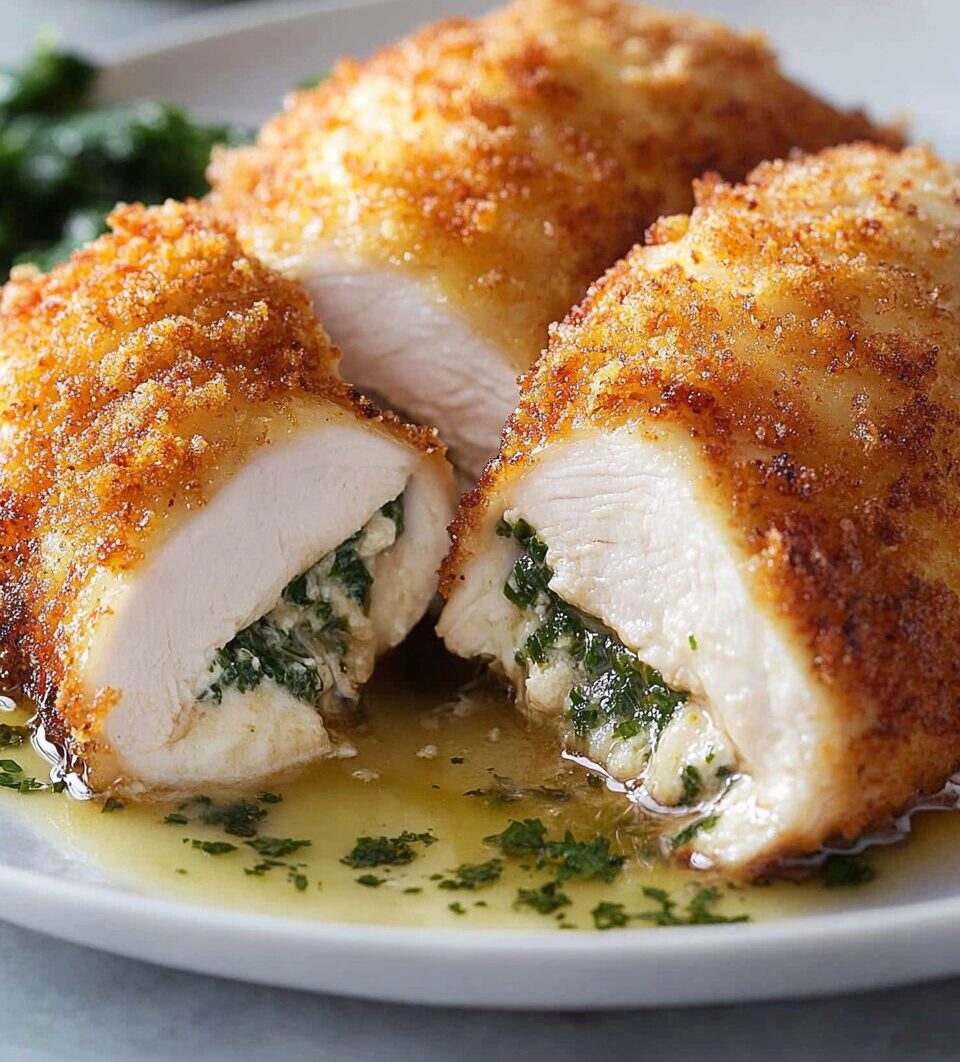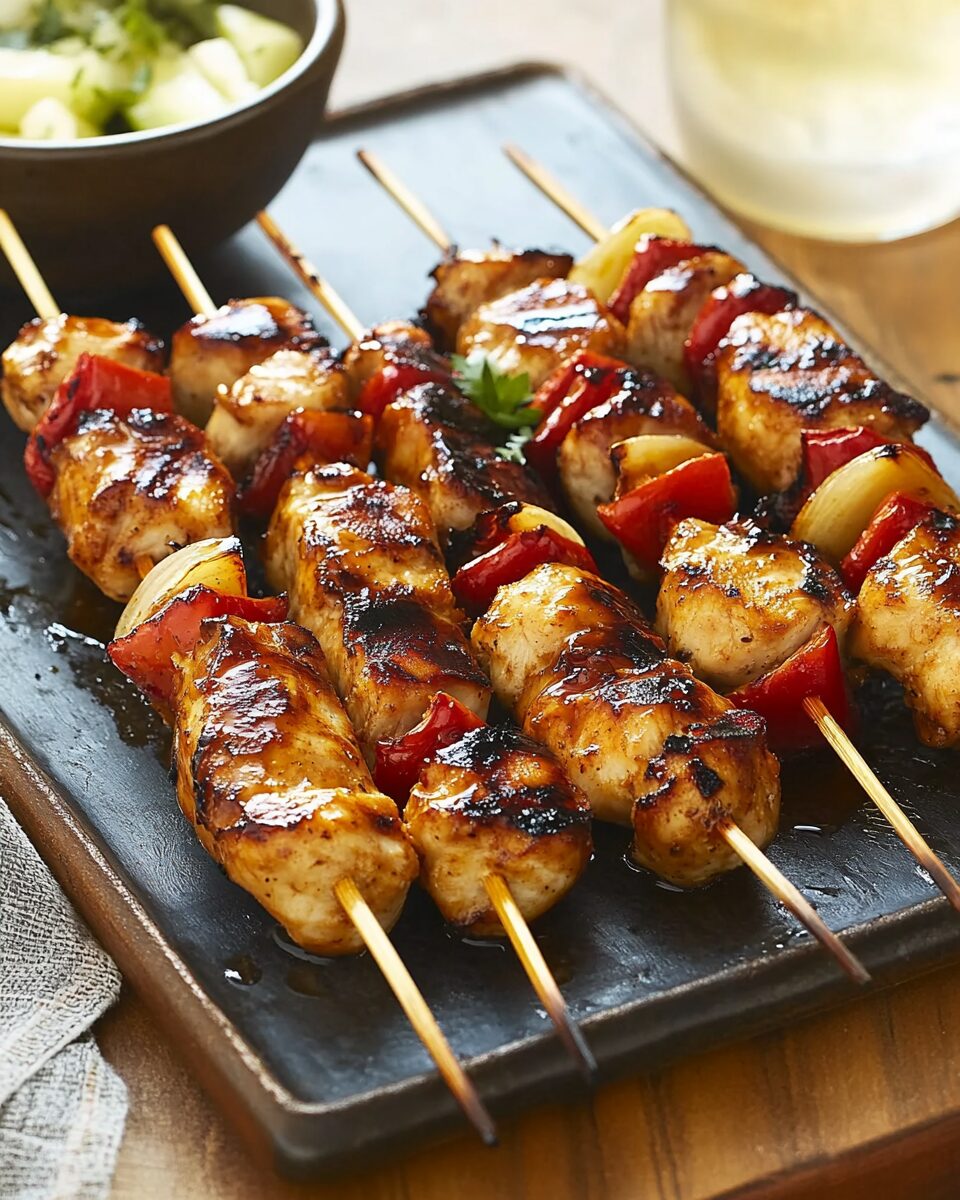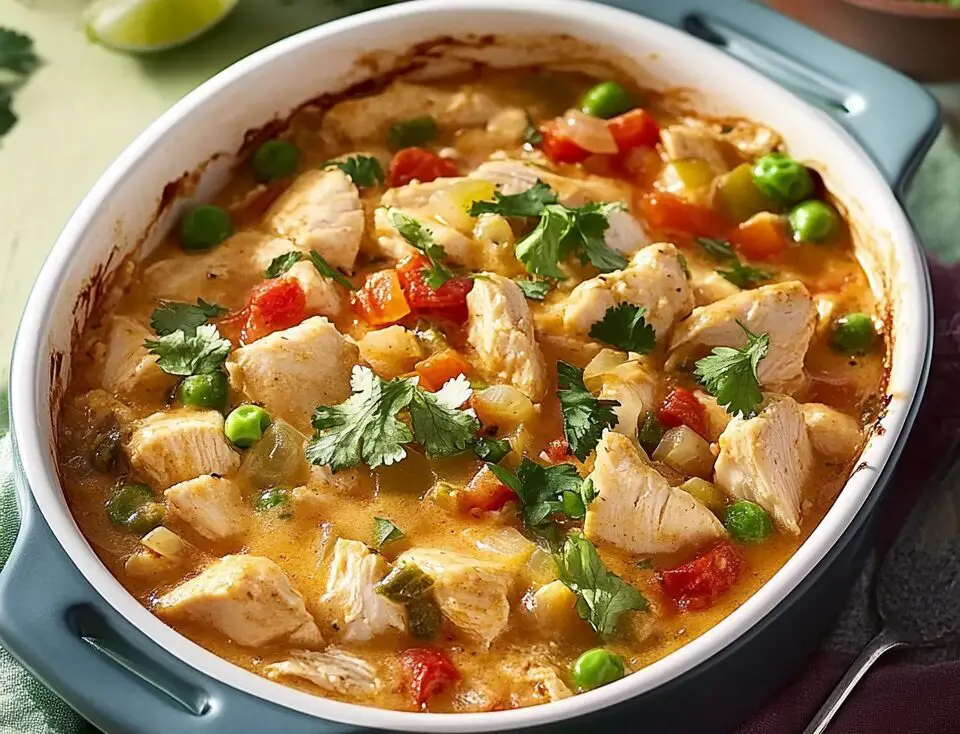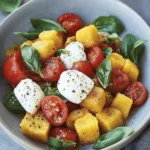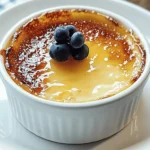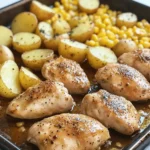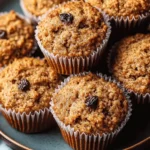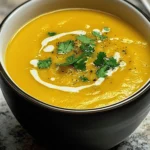The iconic Chicken Kiev is a dish that blends comfort with elegance. With its crisp breadcrumb crust and its rich, garlicky butter core, every bite delivers warmth and flavor. It’s the kind of dish that transforms an ordinary evening into a special occasion with just one cut of the knife as melted butter flows out.
Ideal for impressing guests or indulging in a delicious dinner at home, this classic Eastern European favorite requires just a little bit of prep but rewards you with irresistible taste. From its crunchy exterior to its succulent chicken and molten heart, Chicken Kiev is a timeless recipe worth mastering.
Full Recipe:
-
4 boneless, skinless chicken breast halves
-
Salt and freshly ground black pepper, to taste
-
2 tablespoons cold unsalted butter
-
1 clove garlic, crushed
-
1 tablespoon chopped fresh parsley
-
1/4 teaspoon cayenne pepper
-
1 cup all-purpose flour
-
2 eggs, beaten
-
2 cups panko bread crumbs
-
Vegetable oil, for frying
Directions:
-
In a small bowl, mash together the butter, garlic, parsley, and cayenne pepper. Form into a log, wrap in plastic, and freeze until solid.
-
Place each chicken breast between two sheets of plastic wrap. Pound to about 1/4-inch thickness.
-
Season both sides of the chicken with salt and pepper.
-
Cut the frozen butter log into four portions. Place one piece of butter in the center of each chicken breast. Fold the sides over and roll tightly to encase the butter. Wrap each chicken roll in plastic wrap and refrigerate until firm.
-
Prepare three bowls: one with flour, one with beaten eggs, and one with panko bread crumbs.
-
Coat each chicken roll in flour, then egg, then panko. Press gently to ensure breadcrumbs adhere. Chill again for 30 minutes to set the coating.
-
Preheat oven to 350°F (175°C). In a large skillet, heat oil over medium-high heat. Fry chicken until golden brown on all sides.
-
Transfer chicken to a baking sheet and bake for 15–18 minutes, or until the internal temperature reaches 165°F (74°C) and the butter begins to sizzle inside.
Prep Time: 30 minutes | Cooking Time: 25 minutes | Total Time: 55 minutes
Kcal: 435 kcal | Servings: 4 servings
The Rich History of Chicken Kiev
Chicken Kiev is more than just a delicious dinner—it’s a dish with a fascinating past and international acclaim. With roots that weave through Russian, Ukrainian, and French culinary traditions, this golden, butter-filled chicken roll has sparked debates about its true origin for decades.
Despite its name, the origin of Chicken Kiev isn’t definitively Ukrainian. Many food historians believe the dish evolved from a French technique called côtelette de volaille, where chicken is pounded thin, stuffed with butter, rolled, and breaded before being fried or baked. Russian aristocracy, enamored with French cuisine in the 18th and 19th centuries, adopted and localized this technique. By the early 20th century, a version of this dish began appearing on menus in Moscow and St. Petersburg under the name “Chicken Kiev,” named after the capital of Ukraine.
Eventually, Chicken Kiev became a staple of Soviet-era cuisine, especially popular in formal restaurants and state banquets. In the West, the dish gained popularity in the mid-20th century as frozen dinners and convenience meals became common. Today, it stands as a symbol of comfort food that elegantly bridges fine dining with homestyle cooking.
Why Chicken Kiev Is a Classic
At its heart, Chicken Kiev offers a beautiful contrast in textures and flavors. A crispy, golden exterior gives way to a juicy, tender chicken center that reveals a gush of aromatic garlic and herb butter when sliced. This dramatic presentation adds to its appeal—not only is it flavorful, but it also has a “wow” factor when served at the table.
It’s this balance of crunch and succulence that elevates Chicken Kiev beyond typical fried chicken dishes. The preparation technique ensures that none of the rich, seasoned butter is lost during cooking. When executed correctly, the melted butter remains sealed inside until the moment of slicing, creating a delightful surprise for the diner.
Chicken Kiev also has a universal appeal. It’s versatile enough for a romantic dinner, a formal gathering, or even a cozy Sunday meal. Its richness satisfies, and the herb-infused butter elevates the flavor profile to something reminiscent of gourmet cuisine.
Culinary Techniques Behind Chicken Kiev
One of the key techniques used in Chicken Kiev is pounding the chicken. This step not only ensures the chicken cooks evenly but also allows it to be rolled tightly around the flavored butter. The pounding process must be handled gently yet firmly—enough to flatten the meat but not tear it.
Another core method is compound butter preparation. This is where the flavor magic happens. Garlic, parsley, and sometimes other herbs like tarragon or dill are mixed into softened butter. Once shaped into a log and frozen, this butter becomes the flavorful core of the dish. When the chicken is cooked, the frozen butter melts just in time to infuse the meat without escaping.
Double chilling—first after stuffing and rolling, and again after breading—is a vital step for keeping everything intact during frying. It firms up the chicken roll and prevents butter from leaking out prematurely.
The final method involves frying followed by baking. This two-step process ensures a golden, crispy exterior and fully cooked interior. It’s not uncommon to hear the butter “sizzle” inside the chicken while baking—a good sign that it’s just about done.
Modern Twists on a Timeless Favorite
While the classic version sticks to garlic-parsley butter, many modern chefs enjoy reinventing Chicken Kiev with global flavors. Some incorporate sun-dried tomatoes, basil, or goat cheese into the butter filling for a Mediterranean twist. Others use chili and cilantro for a spicier, Asian-inspired center.
Vegetarian versions have also emerged, using tofu or plant-based meat alternatives stuffed with dairy-free herb butter. And for those looking for a lower-fat version, air frying is becoming a popular alternative to pan frying, preserving the crispiness without all the oil.
Presentation has also evolved—some high-end restaurants serve Chicken Kiev pre-sliced with a drizzle of the melted butter over the top for dramatic effect. Others plate it whole with minimal garnishing to let the golden crust speak for itself.
Perfect Pairings and Side Dishes
Chicken Kiev pairs wonderfully with a variety of side dishes. Traditionally, it’s served with mashed potatoes or creamy potato purée to complement the richness of the butter. The smooth texture of the potatoes allows the herb butter to be absorbed beautifully.
Steamed or roasted vegetables like green beans, carrots, or asparagus provide a welcome contrast in color and crunch. A fresh salad with a tangy vinaigrette can cut through the richness and refresh the palate.
Rice pilaf or buttered noodles are also good options for soaking up the melted garlic butter, offering a simple yet satisfying starch to round out the meal.
For wine lovers, a crisp white wine like Sauvignon Blanc or Chardonnay works well. The acidity helps balance the dish’s richness, while the flavor profile complements the garlic and herbs.
Common Mistakes to Avoid
Despite its relatively simple ingredients, Chicken Kiev can be tricky to perfect. One of the most common pitfalls is not sealing the chicken properly, which can result in butter leaking out during cooking. To prevent this, many home cooks use toothpicks or cooking twine to secure the roll—just remember to remove them before serving!
Another mistake is under-chilling the chicken before frying. Without adequate chilling, the butter softens too early and can seep out. Giving the chicken time to firm up ensures a cleaner, more satisfying result.
Over-frying can also be an issue. Because the chicken is later baked, the goal during frying is to get a golden crust—not to fully cook the meat. Rushing this step often leads to a burnt exterior and undercooked interior.
Lastly, cutting into the chicken immediately after baking will cause the butter to spill out. Letting it rest for a few minutes helps retain that molten center and prevents scalding.
Health Considerations and Dietary Options
Although Chicken Kiev is rich and buttery, it can still be part of a balanced diet when enjoyed in moderation. Using lean chicken breast helps keep saturated fats lower than other cuts. Baking rather than deep-frying can reduce oil absorption, and air frying offers an even lighter alternative.
For a gluten-free version, gluten-free breadcrumbs or crushed rice crackers can replace the panko. Those avoiding dairy can experiment with vegan butter and non-dairy milk in the breading process.
Reducing the size of each portion or serving the dish with a big side of veggies can help balance the calorie content and create a more nutritious meal.
Cultural Significance and Global Appeal
Chicken Kiev has remained relevant across multiple generations and continents. From Soviet banquet halls to frozen TV dinners in the 1970s, and now making a comeback in gourmet kitchens, this dish has stood the test of time.
It has also become a kind of culinary ambassador. For many outside of Eastern Europe, Chicken Kiev is one of the first introductions to the region’s cuisine. Its global appeal stems from its familiar ingredients combined with an elevated presentation.
Restaurants worldwide continue to put their own spin on the dish, showcasing its flexibility and widespread admiration. Its resurgence on social media and cooking blogs has brought it into the kitchens of younger audiences as well.
Conclusion
Chicken Kiev is a timeless classic that artfully combines crispy textures, savory fillings, and culinary tradition. It’s a dish that tells a story—one of cultural exchange, culinary craftsmanship, and crowd-pleasing flavor.
Whether you’re preparing it for a dinner party, date night, or a cozy weekend meal, Chicken Kiev delivers elegance and comfort in one golden bite. From its buttery heart to its crunchy crust, it promises both nostalgia and satisfaction. With just a bit of patience and attention to technique, anyone can master this dish and enjoy a small taste of culinary history at home.

